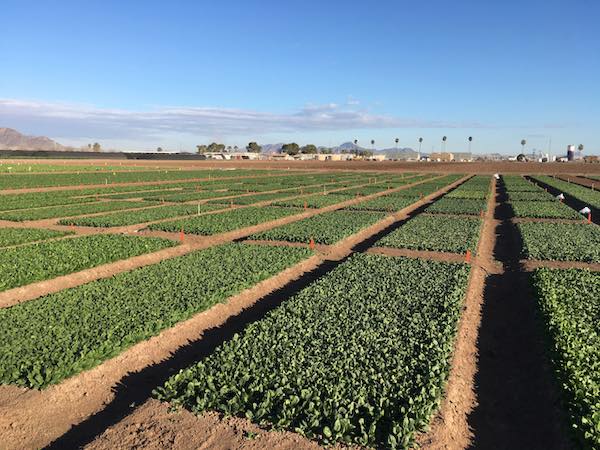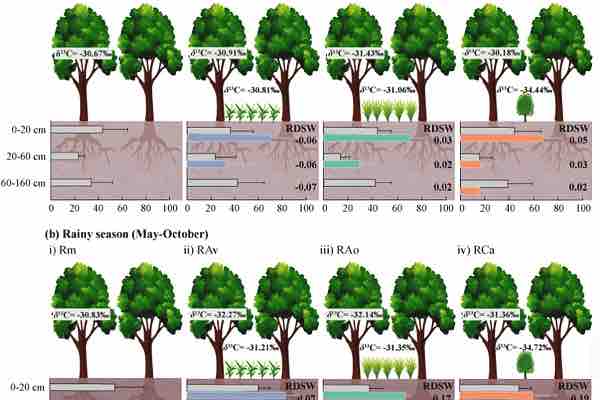
A deadly wheat disease common to Asia and South America has been identified in Africa for the first time, raising fears of potential spread to wheat crops across the continent. Researchers say that the fast-acting and devastating fungal disease known…
Read More












